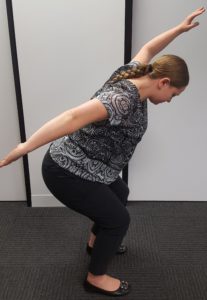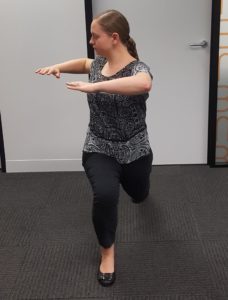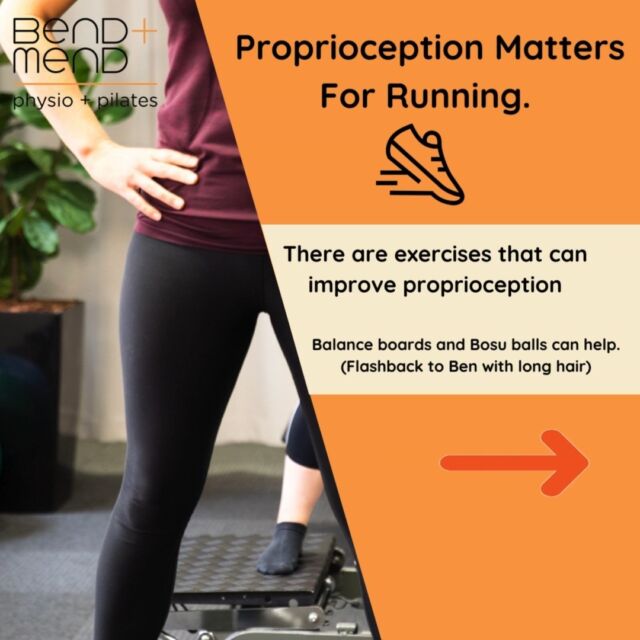Despite the increasing temperature of the ocean at this time of the year, it is still hard not to get a shock every time you plunge into the sea.
Unlike swimming in a pool, it is more difficult to do a few lengths to warm-up when you swim in the ocean, especially when you hit the waves to start off with. That means a dryland warm-up can be a good option. The overall aim of a warm-up is to prepare the body for exercise and hopefully reduce the chance of injury. The warm-up routine differs depending on what type of exercise you are about to complete. Swimming is a whole-body work out therefore there are a huge number of muscles and joints to warm-up prior to getting in the water. If you are a swimmer it is important to gradually increase your heart rate, increase circulation and loosen up your shoulders, back, neck and legs.
Realistically the length of your warm-up is going to come down to time. It is generally considered that a warm-up should be anywhere between 10-30 minutes long so make sure you factor this into your swim time. Focus on the big joints or the areas that you have trouble with.
Dynamic stretches or exercises are generally now preferred prior to exercise rather than static stretches.
I have picked a few dynamic movements focused on loosing up areas of the body for freestyle swimming. From what I have seen in the clinic these tend to be common problem areas!
Ocean Swim Warm-up
1. Increase your heart rate:
This is anything that gets the blood pumping. For example, a light jog, high knees on the spot or jumping jacks.
2. Free up your upper back, shoulders and neck:
Roll your shoulders: Freestyle swimming requires a combination of shoulder blade retraction and elevation. Loosening up your neck and shoulder muscles can be achieved by rolling your shoulders. Try pulling your shoulders up towards your ears, slowly draw the shoulder blades back together and lower them back to the starting position.
 Neck rotations: During free style swimming neck rotation is particularly important as every time you take a breath you need to turn your head. Turn your head side to side slowly making sure that you stay within a pain free range of motion.
Neck rotations: During free style swimming neck rotation is particularly important as every time you take a breath you need to turn your head. Turn your head side to side slowly making sure that you stay within a pain free range of motion.
Shoulder flexion and thoracic extension: Shoulder pain is the most common musculoskeletal complaint in swimming. One of the risk factors for shoulder injuries when swimming is decreased shoulder range of motion.
 Thoracic (upper back) mobility is also important: A lack of thoracic extension can affect both posture and your ability to gain full shoulder movement during your stroke. To loosen up both your thoracic spine and your shoulders start with your hands down by your side. Move them up and over your head while extending your upper back at the same time. Slowly return to the starting position.
Thoracic (upper back) mobility is also important: A lack of thoracic extension can affect both posture and your ability to gain full shoulder movement during your stroke. To loosen up both your thoracic spine and your shoulders start with your hands down by your side. Move them up and over your head while extending your upper back at the same time. Slowly return to the starting position.
 Alternating shoulder flexion: Swimming requires motion of both your arms and legs at alternating times. To enable this movement the thoracic spine needs to rotate. With age the flexibility of the thoracic spine decreases impacting a swimmer’s ability to turn to breath. Slowly raise one arm above the head and one arm behind you then repeat with the other side.
Alternating shoulder flexion: Swimming requires motion of both your arms and legs at alternating times. To enable this movement the thoracic spine needs to rotate. With age the flexibility of the thoracic spine decreases impacting a swimmer’s ability to turn to breath. Slowly raise one arm above the head and one arm behind you then repeat with the other side.
3. Remember your legs:
 Squats with alternating shoulder flexion: This exercise has the same arm movements as above, but it includes a squat. Your thigh muscles (quadriceps) work when you kick, and a squat is a perfect way to activate these. Hold a half squat then slowly move one arm above the head and one behind your back. Return to the starting position and alternate your arms.
Squats with alternating shoulder flexion: This exercise has the same arm movements as above, but it includes a squat. Your thigh muscles (quadriceps) work when you kick, and a squat is a perfect way to activate these. Hold a half squat then slowly move one arm above the head and one behind your back. Return to the starting position and alternate your arms.

Walking lunges with thoracic rotation: Lunging is a great way to dynamically warm up the lower body, activate your core and achieve a stretch through the hip flexors. Adding thoracic rotations helps to loosen the upper back at the same time. To lunge place one foot forward (foot flat on the ground) and one foot behind (up on to your toes). Keeping your back straight, bend both knees to lower yourself towards the ground. Rotate your body towards your front leg. Push back up and step forward to complete with your other leg.
Please do not hesitate to contact the experienced team at Bend + Mend Physiotherapy if have any aches or stiff areas that you are worried about before starting swimming.
Are you a “bilateral breather” when you swim? Read here about why you should consider it.







